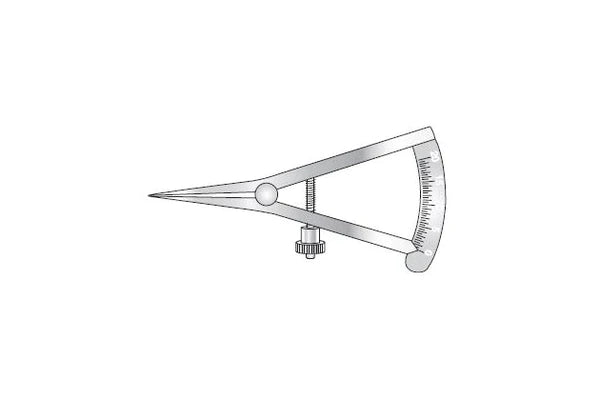In the dynamic industry of ophthalmic surgeries, the emphasis on precision and safety is the most important factor. One aspect that plays a vital role in securing delicate tissues during these complex procedures is the use of clips. These tiny devices, often overlooked by the untrained eye, which are significance in ensuring the success and safety of ophthalmic surgeries.
Understanding the Need for Tissue Security:
Ophthalmic surgeries involve delicate procedures, such as retinal detachment repairs, cataract surgeries, and glaucoma treatments. The fragility of ocular tissues necessitates precise care and attention to detail. Surgeons face the challenge of maintaining tissue integrity while performing precise maneuvers, making the role of tissue-securing devices indispensable.
The Significance of Clips in Ophthalmic Surgeries:
Clips are small, yet powerful tools designed to secure tissues in place during surgeries. These devices come in various shapes and sizes, catering to the specific needs of different procedures. Whether it's holding a retina in place or securing a flap during LASIK surgery, clips provide the stability required for surgeons to execute their procedures with utmost accuracy.
Addressing Perplexity in Surgical Procedures:
Perplexity, or the complexity of surgical tasks, is a constant consideration in ophthalmic surgeries. Clips serve as valuable aids in simplifying these complex procedures by offering stability and support. Surgeons can focus on complex maneuvers with confidence, knowing that the tissues are securely held in place. This not only enhances the precision of the surgery but also reduces the risk of complications.
Burstiness in Surgical Techniques:
Burstiness, or the sudden and intense nature of certain surgical movements, is another challenge in ophthalmic surgeries. Clips excel in managing burstiness by providing quick and reliable tissue stabilization. Whether it's a sudden movement to reposition a lens or a swift adjustment during vitrectomy, clips ensure that surgeons can execute these maneuvers seamlessly, minimizing the risk of tissue damage.
Ensuring Specificity Without Compromising Context:
The specificity of clips in ophthalmic surgeries lies in their versatility. Different types of clips are designed for specific applications, ensuring that surgeons have the right tool for the job. From adjustable clips for customizable tension to micro-clips for delicate procedures, the specificity of these devices enhances their overall effectiveness without compromising the broader context of their application in securing tissues.
SEO Optimization for Peak Surgicals in the USA:
For ophthalmic surgeons and medical professionals in the USA, securing high-quality surgical supplies, including clips, is important. Peak Surgical, a leading provider of surgical instruments, understands the unique demands of ophthalmic surgeries. Their commitment to delivering precision and reliability makes them the go-to choice for surgeons seeking the latest tools to enhance their practice.
the role of clips in ophthalmic surgeries cannot be overstated. These unassuming devices contribute significantly to the success and safety of delicate procedures. Surgeons going through complex ophthalmic surgeries rely on clips to address perplexity and burstiness while ensuring specificity and context. For those in the USA seeking exceptional surgical instruments, Peak Surgicals stands as a reliable partner, offering advanced tools to uplift the standard of ophthalmic care.
